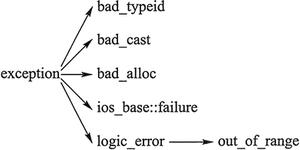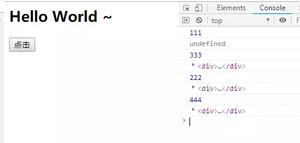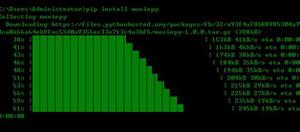python的format怎么用

format用法相对基本格式化输出采用‘%’的方法,format()功能更强大,该函数把字符串当成一个模板,通过传入的参数进行格式化,并且使用大括号‘{}’作为特殊字符代替‘%’
使用方法由两种:b.format(a)和format(a,b)。
1、基本用法
(1)不带编号,即“{}”
(2)带数字编号,可调换顺序,即“{1}”、“{2}”
(3)带关键字,即“{a}”、“{tom}”
1 >>> print('{} {}'.format('hello','world')) # 不带字段 2 hello world
3 >>> print('{0} {1}'.format('hello','world')) # 带数字编号
4 hello world
5 >>> print('{0} {1} {0}'.format('hello','world')) # 打乱顺序
6 hello world hello
7 >>> print('{1} {1} {0}'.format('hello','world'))
8 world world hello
9 >>> print('{a} {tom} {a}'.format(tom='hello',a='world')) # 带关键字
10 world hello world
2、进阶用法
(1)< (默认)左对齐、> 右对齐、^ 中间对齐、= (只用于数字)在小数点后进行补齐
(2)取位数“{:4s}”、"{:.2f}"等
1 >>> print('{} and {}'.format('hello','world')) # 默认左对齐 2 hello and world
3 >>> print('{:10s} and {:>10s}'.format('hello','world')) # 取10位左对齐,取10位右对齐
4 hello and world
5 >>> print('{:^10s} and {:^10s}'.format('hello','world')) # 取10位中间对齐
6 hello and world
7 >>> print('{} is {:.2f}'.format(1.123,1.123)) # 取2位小数
8 1.123 is 1.12
9 >>> print('{0} is {0:>10.2f}'.format(1.123)) # 取2位小数,右对齐,取10位
10 1.123 is 1.12
3、多个格式化
'b' - 二进制。将数字以2为基数进行输出。
'c' - 字符。在打印之前将整数转换成对应的Unicode字符串。
'd' - 十进制整数。将数字以10为基数进行输出。
'o' - 八进制。将数字以8为基数进行输出。
'x' - 十六进制。将数字以16为基数进行输出,9以上的位数用小写字母。
'e' - 幂符号。用科学计数法打印数字。用'e'表示幂。
'g' - 一般格式。将数值以fixed-point格式输出。当数值特别大的时候,用幂形式打印。
'n' - 数字。当值为整数时和'd'相同,值为浮点数时和'g'相同。不同的是它会根据区域设置插入数字分隔符。
'%' - 百分数。将数值乘以100然后以fixed-point('f')格式打印,值后面会有一个百分号。
1 >>> print('{0:b}'.format(3)) 2 11
3 >>> print('{:c}'.format(20))
4
5 >>> print('{:d}'.format(20))
6 20
7 >>> print('{:o}'.format(20))
8 24
9 >>> print('{:x}'.format(20))
10 14
11 >>> print('{:e}'.format(20))
12 2.000000e+01
13 >>> print('{:g}'.format(20.1))
14 20.1
15 >>> print('{:f}'.format(20))
16 20.000000
17 >>> print('{:n}'.format(20))
18 20
19 >>> print('{:%}'.format(20))
20 2000.000000%
21 >>>
以上是 python的format怎么用 的全部内容, 来源链接: utcz.com/z/524747.html







